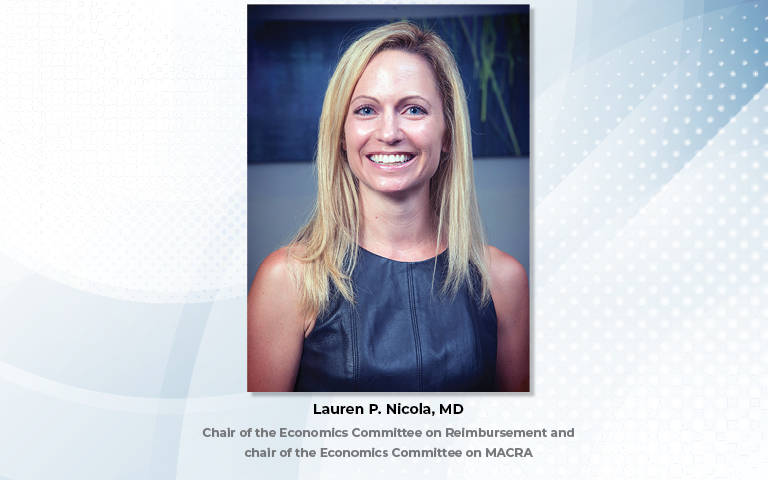Imagine sitting down to play a game of UNO with your non-radiologist colleagues. Your excitement dwindles when you realize you’ve been dealt a hand consisting entirely of blue 2’s. Meanwhile, your competitors find themselves holding nothing but “Draw 4,” “Wild” and “Skip” cards. It doesn’t seem fair. But the dealer insists that the game must go on and threatens to withhold your salary if you try to leave the table.
This is the situation radiologists find themselves facing in the Merit-Based Incentive Payment System (MIPS). The “dealer” in the analogy is CMS, and in many ways, radiologists have become players in a game where the cards are stacked against them.
We predicted the unfortunate plight of our specialty in a 2019 JACR® article, “The Quality Measure Crunch.”1 Those predictions have materialized for radiology practices in 2023, as the number of quality measures available for radiologists to report continues to shrink and the scoring opportunities have become even more bleak.
In fact, no radiology MIPS measures are currently eligible for the maximum 10-point score in 2023. All the benchmarked radiology measures have been capped at seven points due to consistent high performance by groups reporting those measures in past years. What this means for our members is that even for a practice that performs perfectly on all six of the available quality measures, the highest possible score in the Quality category of MIPS is 7 +7 +7 + 7 +7 + 7 = 42 out of 60 points. When you translate that into a final score, assuming perfect performance in the Improvement Activities category and exemption from Promoting Interoperability and Cost categories, a radiology practice that is flawless from a quality standpoint will receive a score of 74.5 points out of 100.
Recall for 2023 that the performance threshold, below which a financial penalty is imposed, is 75 points. A perfect radiology practice — a group fully invested in improving the quality of care for its patients — will receive a financial penalty on all its Medicare Part B payments. By contrast, the other players at the card table, especially primary care specialties, have numerous measures available to report. As a result of the way the decile scoring and topped-out measures work, a mediocre (in terms of quality measure performance) primary care clinician can easily outscore a perfect radiologist. When you add this to the pre-determined 3% to 5% cut to radiology reimbursement in the Medicare Physician Fee Schedule due to decreases in the Conversion Factor, it stings even more.
So, what can we do? Unfortunately, there are no easy answers. The ACR team continues to advocate for our members, regularly meeting with CMS to highlight the asymmetric disadvantage radiology faces in MIPS.
The ACR’s National Radiology Data Registry® has multiple quality measures that may help practices fare better than they could with the current offering of MIPS measures. For those measures to be scored, they must receive a benchmark that requires a certain number of practices to submit data on them. Measures without benchmarks receive zero points after their first two years in the program, except for small practices, which earn a floor of three points on measures without benchmarks.
One thing groups can do to improve radiology’s prospects in this unwinnable game is report as many measures as possible. CMS will score you on your best six measures. The rest don’t count against you but could be the difference in whether that measure receives a benchmark and can be scored out of 10 points.
In addition to obtaining benchmarks for new measures, reporting as many measures as possible can help protect radiology measures from becoming topped out. Because most MIPS participants only submit measures on which they perform well, the range of scores on those measures is narrow with universally high performance. From the perspective of CMS, all radiologists have mastered the measure and it no longer offers an opportunity for quality improvement. In reality, the percentage of radiologists reporting each measure is small, and a performance gap likely remains for the large subset of radiologists who did not submit that measure.
We encourage radiology groups to submit more than six measures, including ones that demonstrate room for improvement. Not only does this preserve our radiology measure pool, but it also brings us back to the purported intent of the Quality Payment Program in the first place: actual quality improvement.
In addition to obtaining benchmarks for new measures, reporting as many measures as possible can help protect radiology measures from becoming topped out.

